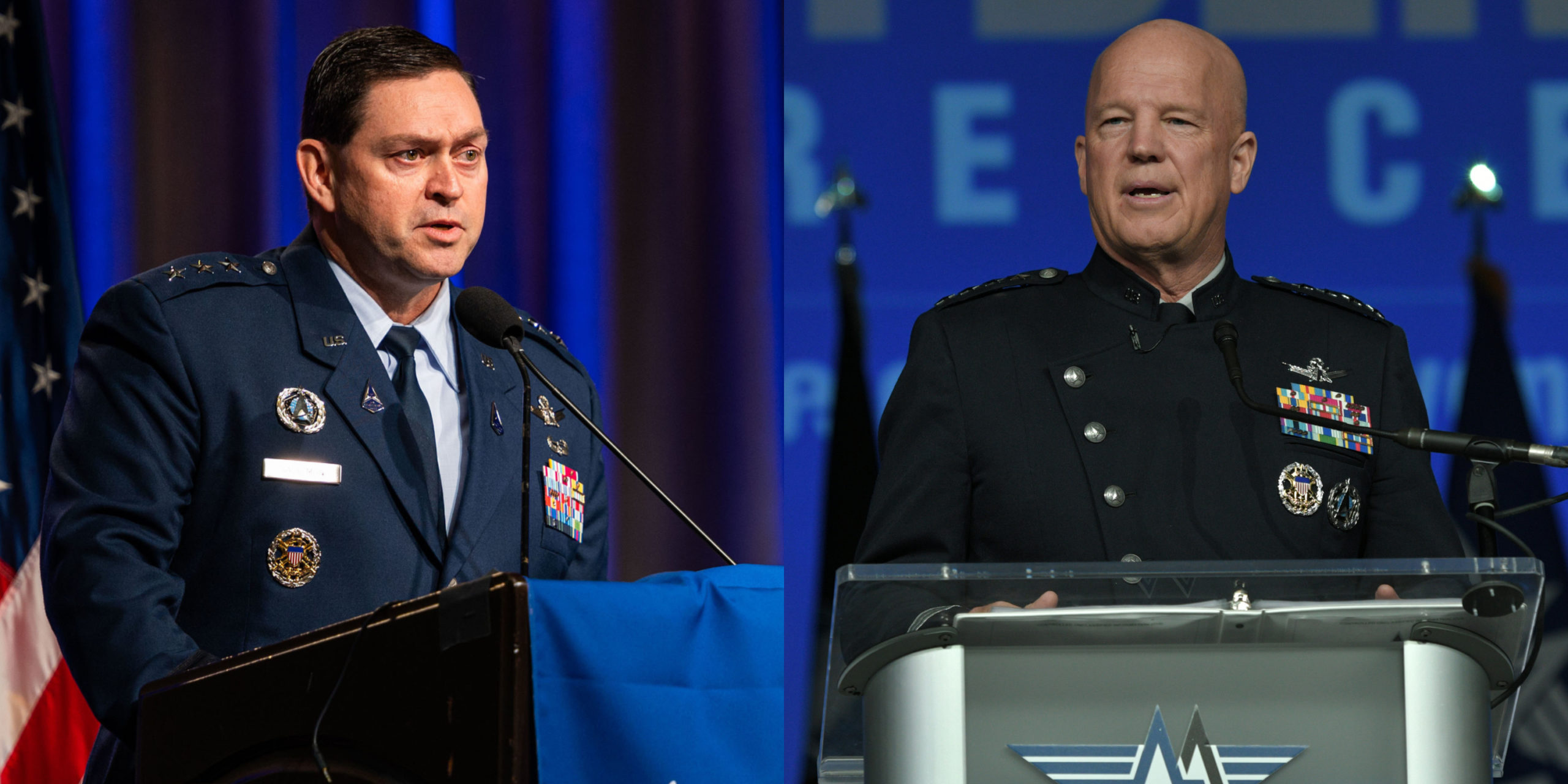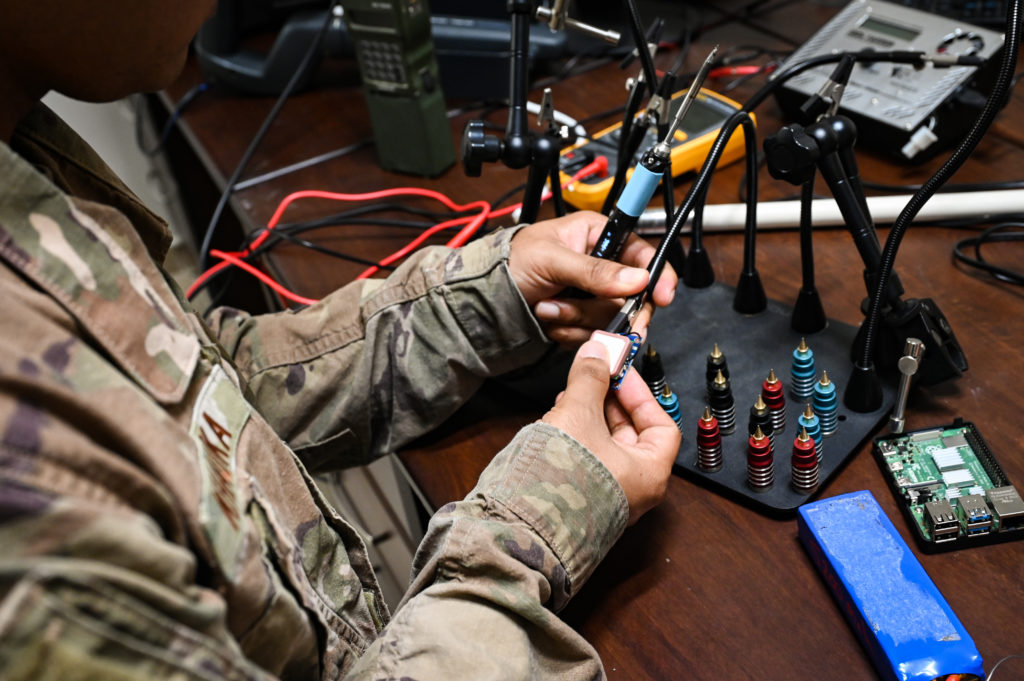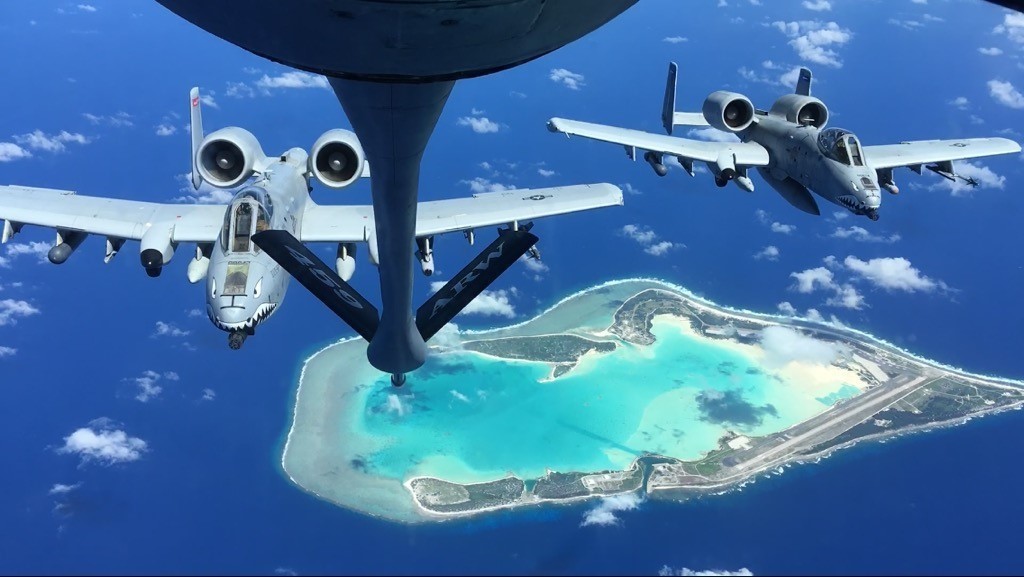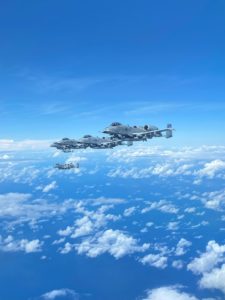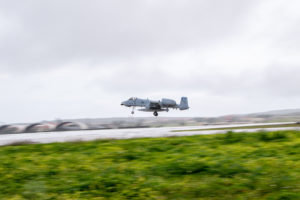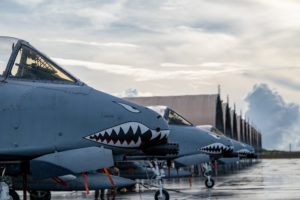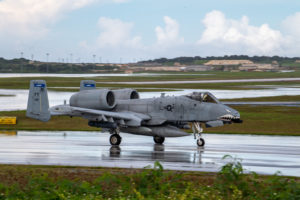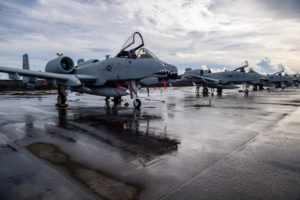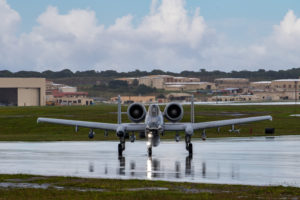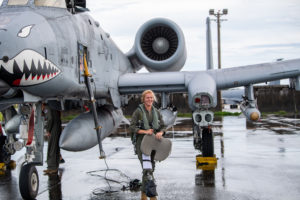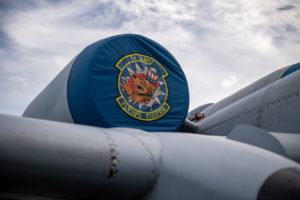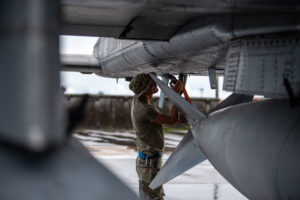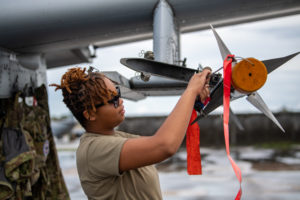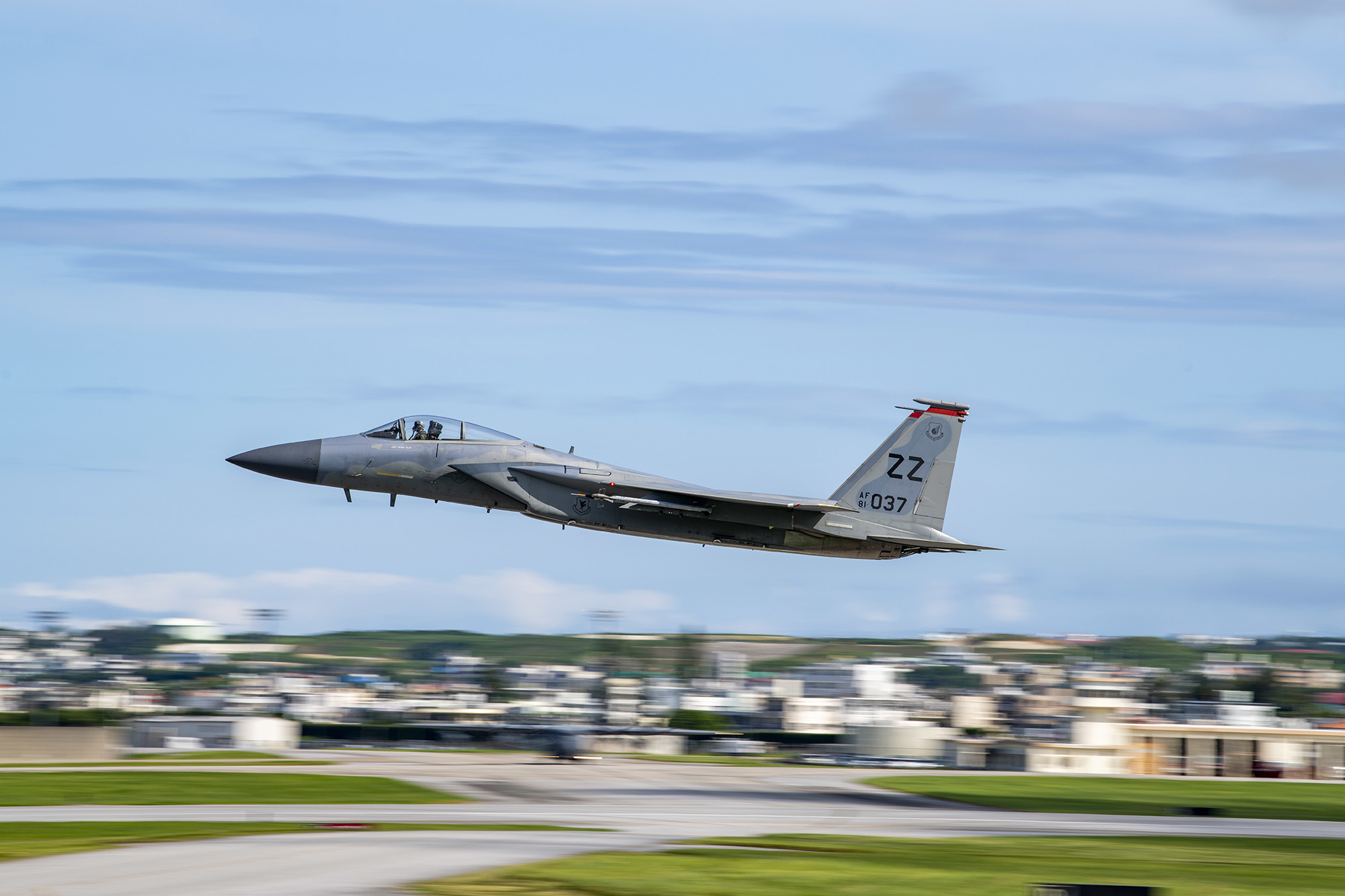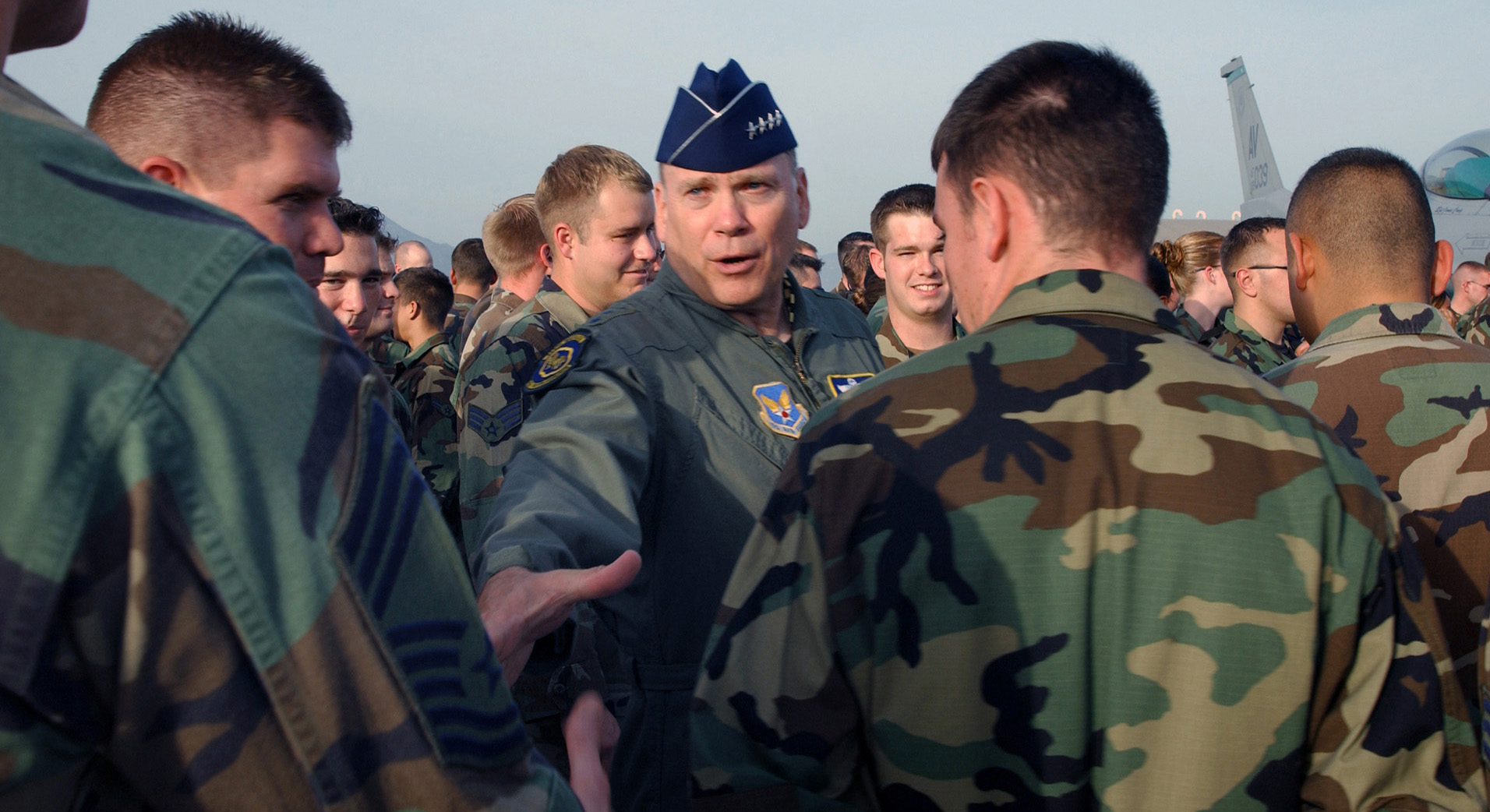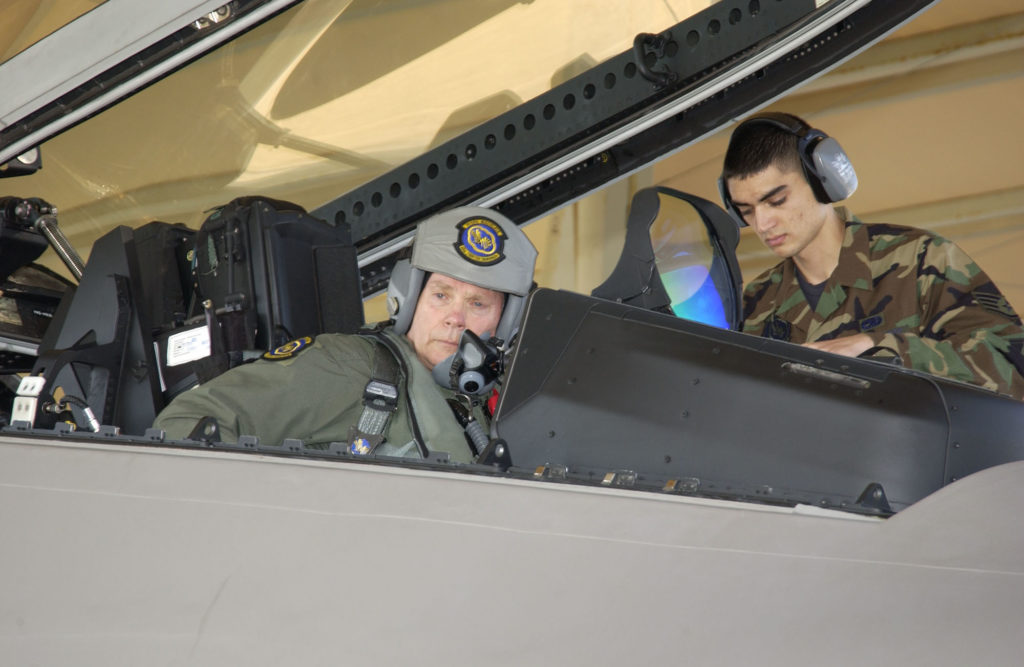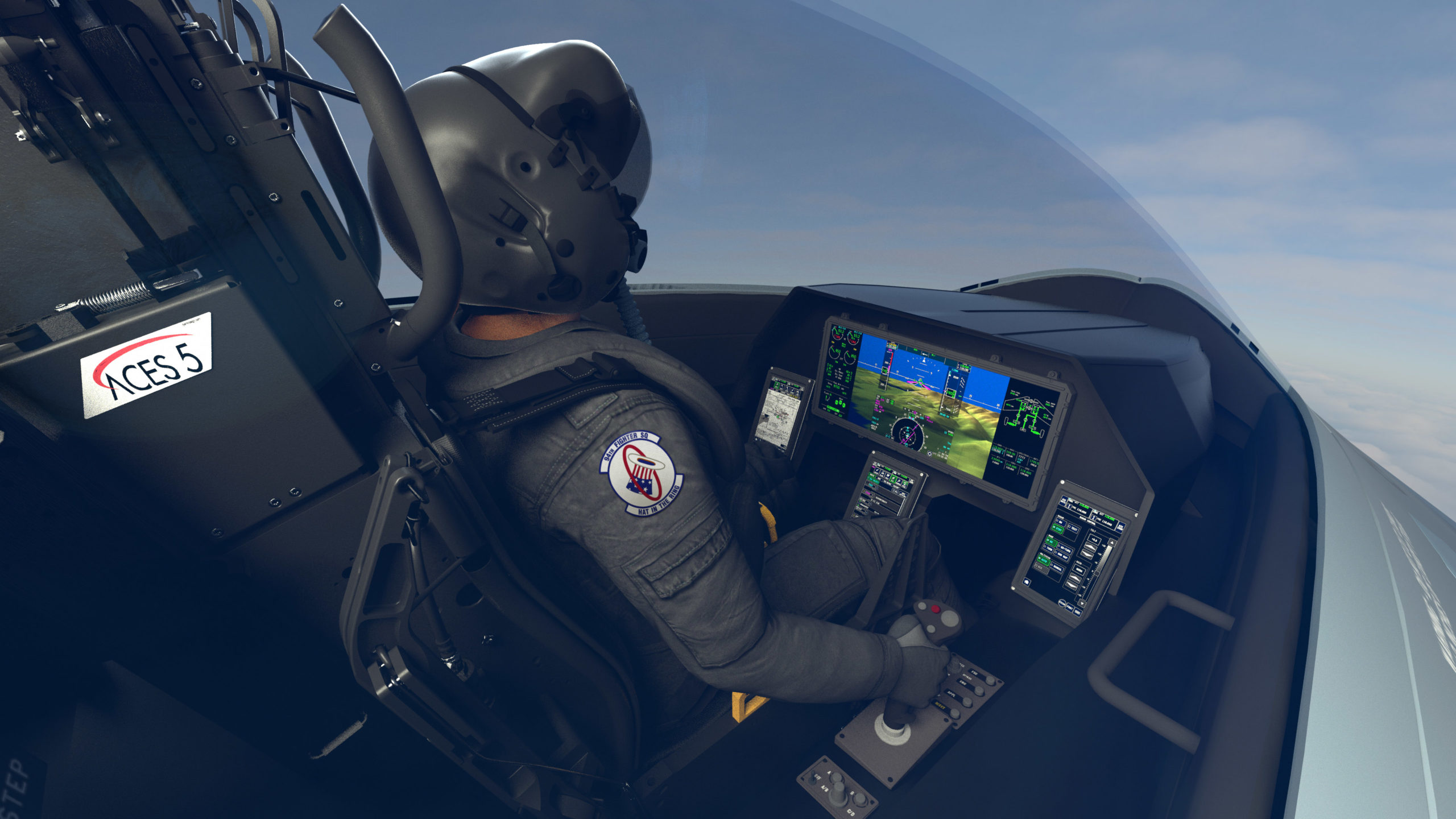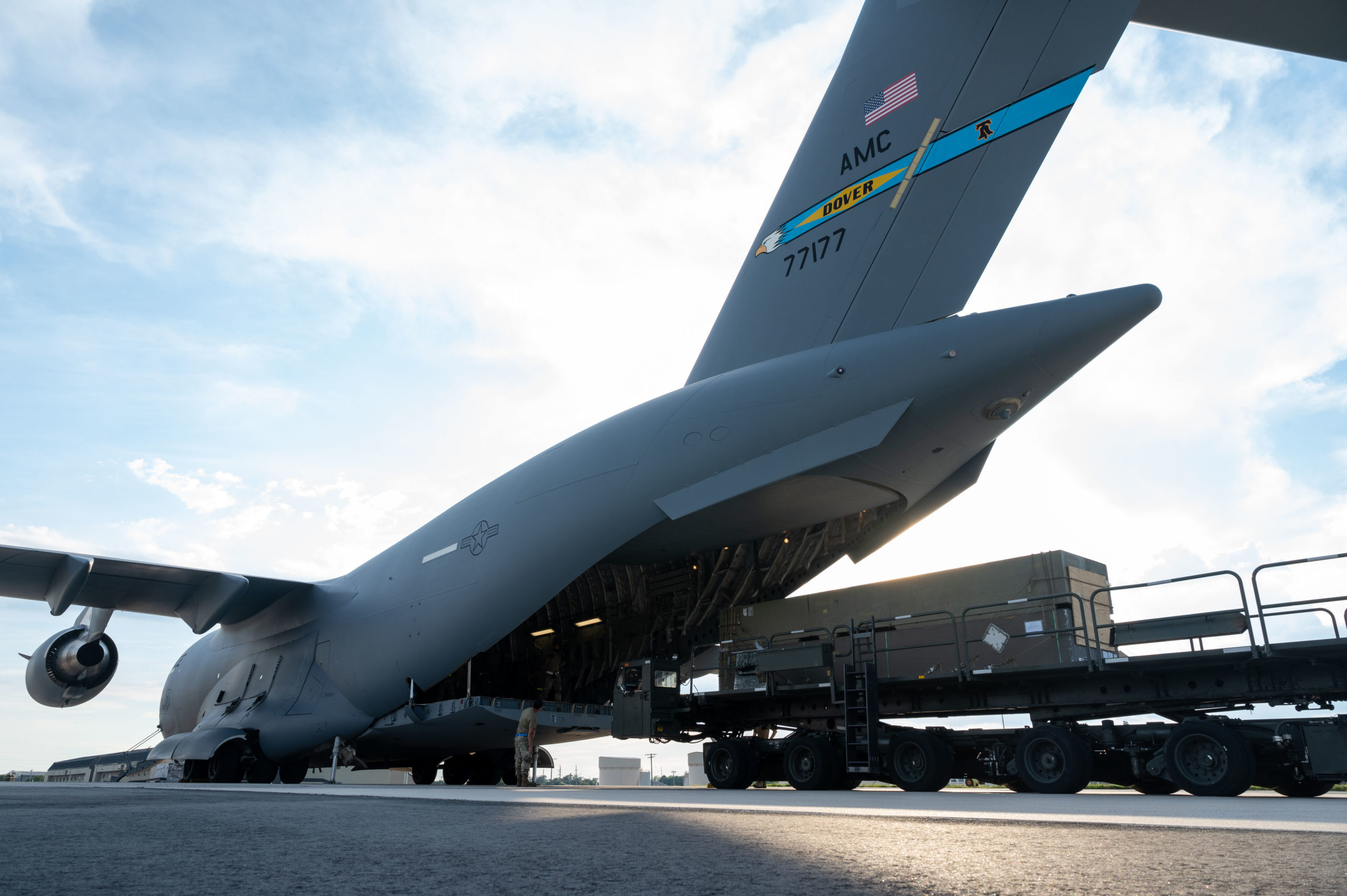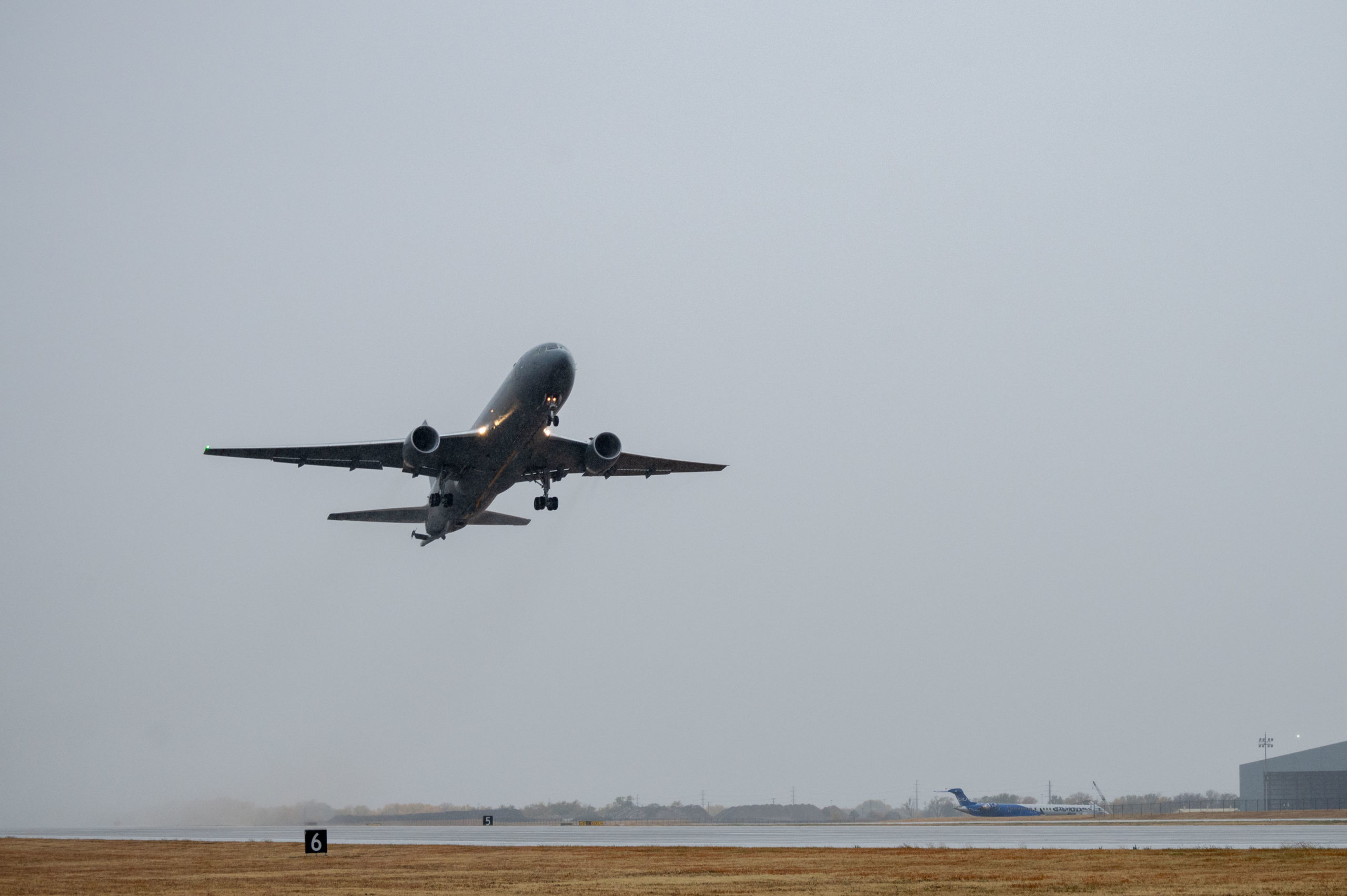Gen. John W. “Jay” Raymond, the Space Force’s first member and first Chief of Space Operations, will pass responsibility over to Gen. B. Chance Saltzman in a ceremony officiated by Air Force Secretary Frank Kendall at Joint Base Andrews, Md., on Nov. 2—marking the end of an era for the nation’s youngest military service.
Defense Secretary Lloyd J. Austin III and Chairman of the Joint Chiefs of Staff Gen. Mark A. Milley will attend and make remarks at the ceremony, a live stream of which can be viewed below when the ceremony begins at 10:30 a.m. Eastern time.
Raymond, who is retiring after more than three-and-a-half decades in uniform, not only led the Space Force from its founding in December 2019 but also served as the combatant commander of U.S. Space Command upon its re-establishment from August 2019 to August 2020; as well as head of Air Force Space Command since 2016.
Under his leadership, Air Force Space Command became the Space Force and established itself as a new service, gathering space missions, units, and personnel from across the other services.
As CSO, Raymond set the service’s first priorities with his initial planning guidance and six key focus areas and oversaw the development of doctrine and the foundational “Guardian Ideal” document.
He also led the Space Force as it looked to define a new, innovative structure and culture, highlighted by the establishment of three new field commands, numerous deltas, and the incorporation of entities such as the Space Development Agency (SDA).
Raymond regularly stressed the importance of the Space Force establishing itself as a lean, agile, warfighting service and building out a resilient architecture of satellites in order to combat threats from China and Russia.
Raymond was also a key figure in explaining the Space Force’s existence and purpose to a curious public. He engaged with outlets from the New York Times and Time Magazine to local TV stations to Comedy Central’s satirical news program “The Daily Show” to tout the importance of the service.
Over the course of his career, Raymond received the Defense Distinguished Service Medal, the Distinguished Service Medal, the Defense Superior Service Medal, the Legion of Merit, the Meritorious Service Medal, and the Air Force Commendation Medal.
Now, he’ll make way for Saltzman, who previously served as deputy chief of space operations for operations, cyber, and nuclear. Saltzman has stressed the need for better test and training infrastructure for Guardians and continued investments in resiliency for satellites and ground stations.
He’ll also take charge of the Space Force as it prepares for the first launches of the National Defense Space Architecture, a network of hundreds satellites in low Earth orbit planned by SDA, with still more plans for satellites in medium Earth orbit, geosynchronous orbit, and potentially even cislunar space.
At the same time, the service will be tasked with maintaining awareness in a domain with an ever-growing presence of private and government satellites and projects—not to mention debris caused by a recent Russian anti-satellite test.
Finally, some basic organizational and personnel issues remain for Saltzman to address, such as a “holistic health” program to replace traditional PT tests and the organization of Reserve and part-time elements.
The change of responsibility ceremony at Joint Base Andrews, Md., begins at 10:30 a.m. Eastern time.
